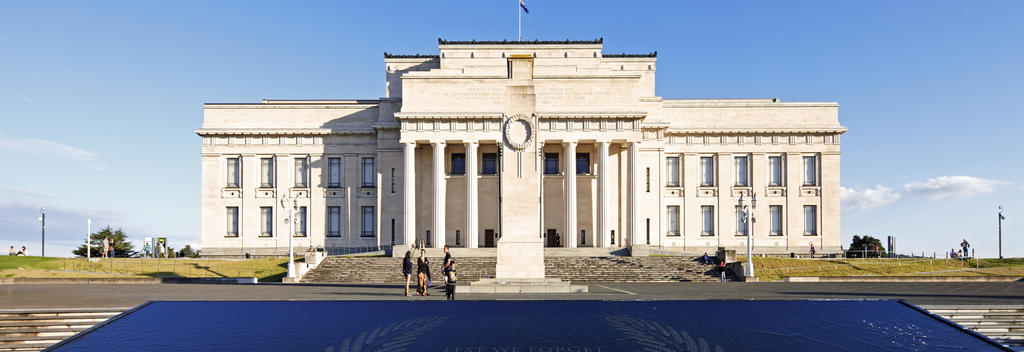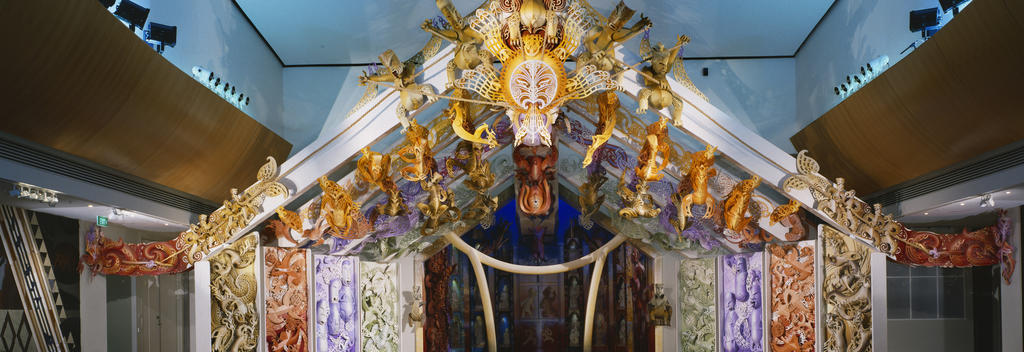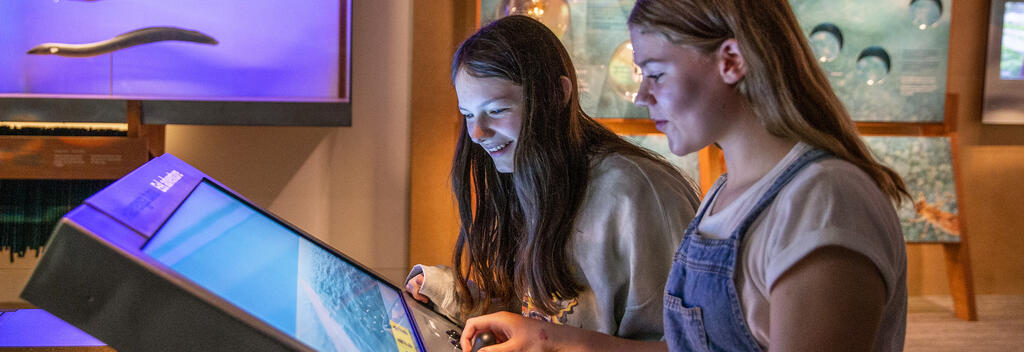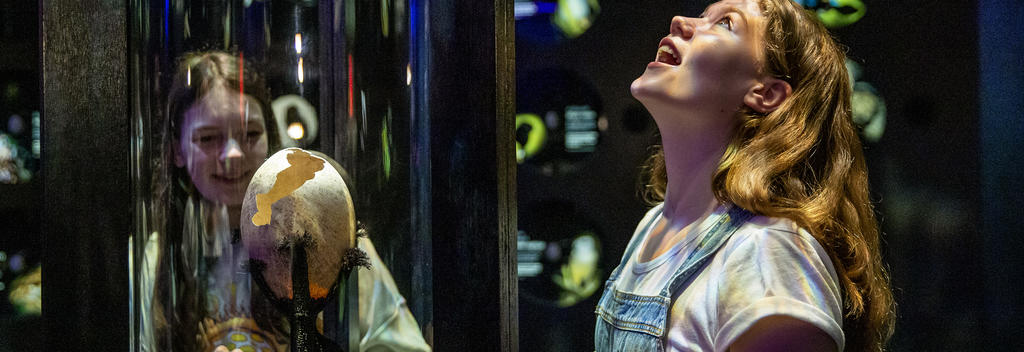Te Papa Tongarewa, Wellington
Taking up a sizable chunk of the capital’s waterfront, New Zealand's national museum is hard to miss. ‘Te Papa Tongarewa(opens in new window)’ translates from Māori to ‘container of treasures’. This is where you’ll find the national collections of art, natural history, and Māori artefacts, along with exhibitions about New Zealand’s geology and social history. Admission is free.
Auckland War Memorial Museum, Auckland
True to its name, the Auckland War Memorial Museum(opens in new window) is both a war memorial and a significant collecting museum. Visitors can explore exhibits showcasing how war has impacted New Zealanders, alongside galleries filled with dinosaur bones and artefacts from Ancient Egypt. Other highlights include some of the world’s most important collections of Māori and Pacific artefacts.
Te Kōngahu Museum of Waitangi, Bay of Islands
The Waitangi Museum(opens in new window) tells the stories of this nation's birth, following the arrival of Europeans. Focusing on the signing of Aotearoa New Zealand’s founding document the Treaty of Waitangi (Te Tiriti o Waitangi), the museum examines events from multiple perspectives and considers impact of the treaty on the lives of Māori and what it means for New Zealanders today. Located on the grounds where the treaty was first signed in 1840, visitors can also explore Treaty House, New Zealand's first residence for a British Government official, and Te Rau Aroha, a fantastic new museum honouring Māori armed forces.
Otago Museum, Dunedin
When the Otago Museum(opens in new window) was founded in 1865 it housed only a small collection of rocks that had been gathered from outcrops across Otago. Today, its collection has grown to 1.5 million objects and includes the Tūhura Science centre, the world’s first bicultural science centre, integrating art, science, and Māori origin stories. The museum still has a strong focus on Otago, producing an exciting programme of exhibitions and events that showcase the region’s unique history and natural environment.






